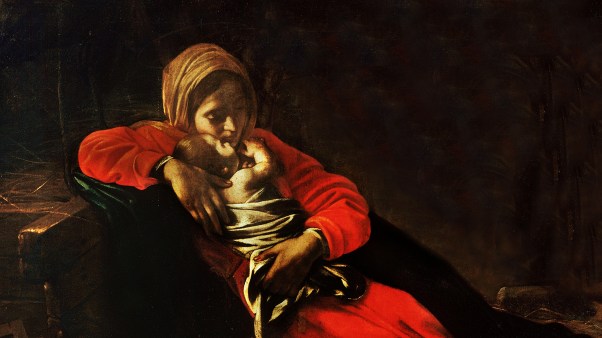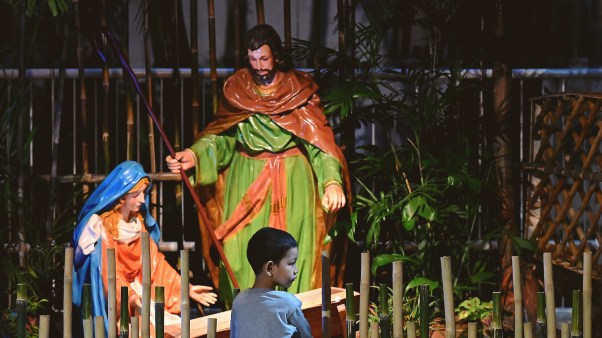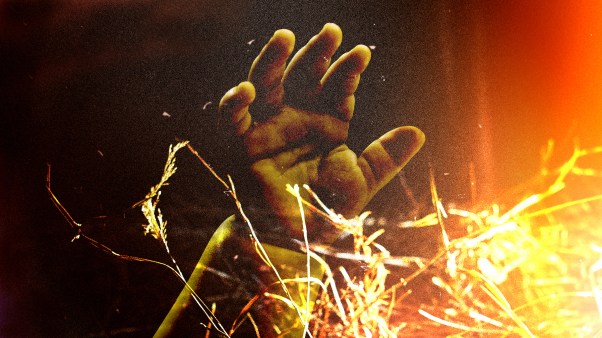
This blog has several purposes. One is to keep Christian History readers up to date on books and other resources. In my capacity with Christian History, Christianity Today, and Books & Culture, I am deluged with review copies. Not every worthwhile church history book can get a full-blown review in these pages, so I plan to post brief notes (well short of a review) about some interesting books that come our way.
Let’s start with two highly visual books: Rosa Giorgi’s The History of the Church in Art (Getty) and Timothy Brittain-Catlin’s Churches (Collins UK/Trafalgar Square).
Rosa Giorgi’s book was first published in Italian in 2004 and is just now making its English language debut. (The official publication date is January 5, but both Amazon.com and Christianbook.com say the book is in stock and can be shipped right away.)
The book features 400 color illustrations spread across 384 pages. It is a real treat for browsers. Start anywhere, and learn something on every page. In a three-page entry on the office of deacon, for example, Giorgio reproduces Vittore Carpaccio’s 1514 painting of St. Stephen, one of the first deacons, preaching just before his martyrdom. Among St. Stephen’s listeners are pilgrims to Jerusalem, whose walking sticks have a curious hook-shaped top. Why? To carry a gourd for drinking water – the 16th-century equivalent of a Nalgene water bottle. The notes also explain the various pieces of the deacon’s ceremonial vestments Stephen is wearing. (I’m giddy from having learned so much from the notes to just one painting.)
The book illustrates church furnishings, vestments, ceremonies, events, historical movements, and famous people.
The art of the Protestant Reformation often veered into propaganda. (Propaganda, by the way, can be true. What makes it propaganda is its purpose: to propagate a message.) Giorgio reproduces Lucas Cranach the Elder’s 1545 The Contrast Between Catholics and Protestants. On the left we see an attentive congregation listening to Martin Luther preach with the Holy Spirit in the form of a dove hovering over his head. On the right we see a fat friar (Is that Tetzel?) preaching, while an imp blows devilish ideas into his ears with a bellows and the congregation watches a procession. Then there’s the Roman friar whose hood sports ass’s ears. Up in the heavens, both St. Francis (Luther was a Franciscan monk) and God “appear visibly scandalized by what is going on in the church in Rome.”
Catholic readers get their turn a few pages later with paintings that celebrate the counter-Reformation.
An Anglophile’s Feast
Timothy Brittain-Catlin’s Churches focuses its 256 heavily illustrated pages primarily on English church buildings and their architectural features, decoration, and symbology. It’s a visual feast for Anglophiles.
The history of the English church is tightly bound up with its civic, political, and cultural history. English village life, for example, often centered on the church, which was often at the literal center of the village. The parson (the person in charge) collaborated with the squire in the administration of family and property law, and the seasons of village life were propelled by the twin engines of agriculture and liturgy. So to walk into an English village church is to be exposed to a condensed version of local history. Memorial gifts and plaques, burial markers, stained-glass windows – all these things have connections to the history of a place.
This volume helps you “read” a church – from simple parish churches to grand cathedrals – by looking at the church’s architectural details (which will tell you when it was built) and the many furnishings that worshipers, families, and powerful political and business figures have donated across the years.
While Church of England churches are central to this volume, but it includes pictures and references to Roman Catholic and Protestant nonconformist churches as well.
If you are planning a trip to England, reading this volume is essential preparation for touring its churches and cathedrals.








